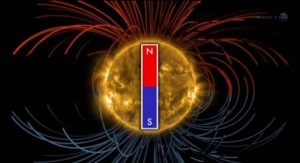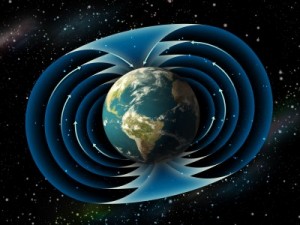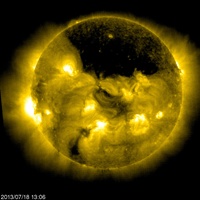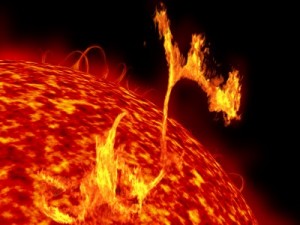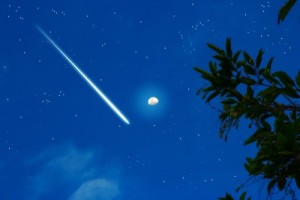
The Perseids meteor shower in August can produce up to 100 meteors an hour.
The Perseid meteors will streak across the night sky August 10-13 from late night until dawn. There will be little to no interference from the waxing crescent moon, and the moon will be near Saturn in the evening hours, so the Perseid show should be very beautiful.
The best mornings to see the meteor shower are on August 11, 12 and 13.
The Perseids tend to increase in number in the late night close to midnight, and they typically produce the most meteors just before dawn.
The Perseid meteors radiate from the constellation Perseus, the Hero. The meteors will appear in all parts of the sky, and they are typically fast and bright meteors that leave long, bright trains, or tails.
The Perseid meteor shower is perhaps the most enjoyable meteor shower of the year in the Northern Hemisphere. The shower builds gradually to a peak, and can produce 50 to 100 meteors per hour.
Set your alarm so you don’t miss this one.

